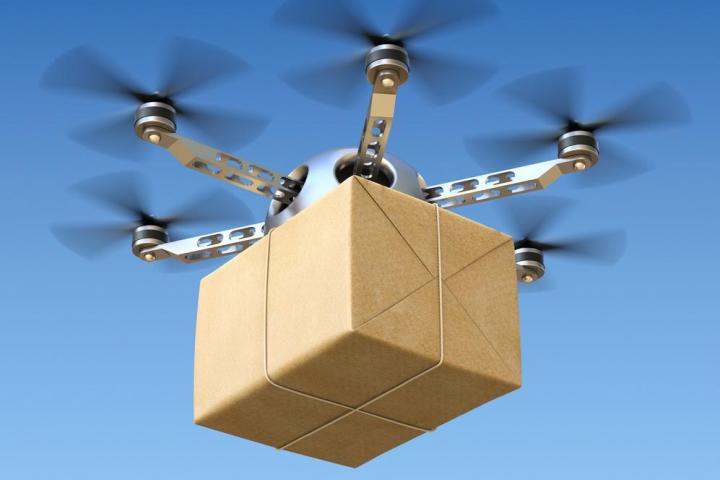
The issue of drones breaching prison security – the latest incident occurred just four days ago – has become so serious that the Federal Bureau of Prisons (BOP) has put out a call to potential suppliers for help with developing a solution.
An official Request for Information (RFI) notice published on Wednesday stated that “recent advances in unmanned aerial vehicles (UAVs) have presented a new and evolving threat to the BOP mission.”
It goes on: “From small devices of less than a pound that can provide unauthorized imagery and surveillance to larger systems that can carry 20 or more pounds of contraband, these devices represent a new and unprecedented challenge for BOP personnel.”
The bureau says it needs a system capable of “detection, tracking, interdiction, engagement and neutralization of small (less than 55 pounds total weight) unmanned aerial systems.”
With an increasing number of tech firms working on a range of anti-drone technologies, the U.S. prison service has a decent chance of finding an effective system sooner rather than later, though costs will of course have to be acceptable for a solution to be installed at prisons across the country.
In the last two months alone we’ve heard about four systems for intercepting drones. The DroneDefender, for example, uses radio pulses to disable UAVs within a 400-meter radius, while the Falcon Shield uses a network of camera and radar surveillance sensors capable of detecting, tracking, and intercepting a drone flying in a restricted area. Interest in anti-drone technology has been driven by the likes of the Federal Aviation Administration, which is becoming increasingly concerned about irresponsible operators flying their UAVs close to airports.
The matter of how to deal with growing drone ownership has taken on a sense of urgency following reports that consumer ownership of the devices is likely to go through the roof this Christmas, with around a million sales expected in the U.S. alone.
Editors' Recommendations
- Wing drone delivery heads to first U.S. metro area
- Most promising blood pressure monitoring tech in years isn’t out in the U.S. yet
- DJI added to U.S. trade blacklist. Will drone sales be grounded?
- Drones could enable daring prisoner escapes, officials warn
- Lockheed Martin wants to build a military 5G network, have the U.S. pay for it


